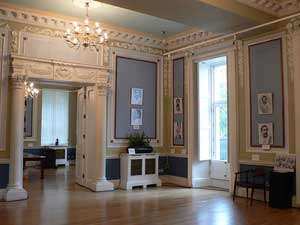
One often wonders about why Sri Aurobindo remains so unknown in the world. Even in India those who have heard of him only know him as a yogi and when people speak of the Freedom Movement he is rarely mentioned. Outside Pondicherry and Kolkata if you mention his name to anyone who was alive before the independence of India you will get a response that sounds like “Yes, but he left the scene, he abandoned the cause…” The idea of holding an exhibition on Sri Aurobindo in London was born from this desire to acquaint the world with the true role he played in Indian history.
The Nehru Centre, which is the cultural wing of the Indian High Commission, accepted the proposal and work started in right earnest when the Golden Chain Fraternity Trustees agreed to financially support the project. Although it seemed like a fairly simple job at first it turned out eventually to be quite a complicated affair. One thing however was perfect – the timing. We had the week of the August Darshan which was also the week of the Independence Day. It suited everyone fine; those connected with the Ashram were happy and so were those connected with the Indian High Commission.
The Indians of London had lined up an extraordinary array of cultural programmes and the city was buzzing with activities all summer to celebrate the sixtieth anniversary of independence. Most activities of this festival however remained in the field of dancing, music, cinema and cuisine. Fortunately the Indian High Commission had thought of holding a series of programmes to pay tributes to the great freedom fighters of our country during the month of August. In the preceding week there had been films on Mahatma Gandhi, Subhash Chandra Bose and Sardar Vallabhbhai Patel. This exhibition on Sri Aurobindo became a continuation of the same theme.
The preparations for this exhibition, which had already been shown in Paris some years ago, started right from January even though it was to be held in August 2007. The Golden Chain Fraternity took the responsibility of mounting these large photographic prints and sending them over to London. This exhibition gave me the occasion to contact and communicate with the various centres and come to know of their various activities. Keeping in mind the High Commission’s desire to also have a British speaker, to promote Indo-British friendship, we had chosen Sonia Dyne who is a member of Auroville International and who had headed the Sri Aurobindo centre at Singapore for twenty years. We also worked in association with the Sri Aurobindo Society of London and they invited Gopal Bhattacharya as one of the speakers of the programme.
The day of the opening was a day of great stress because fifty pictures had to be hung in half a day. The fact that the work was finished an hour before the inauguration was in itself a miracle. The scheduled time of the opening was fixed for 6.15pm but people started coming right from 5.30. There were devotees from the various centres of London as well as Indians who were curious to know more about Sri Aurobindo. It was wonderful to meet other former students who gathered in the hall with their friends and family.
The inauguration was done by Mrs. Monika Kapil Mohta who is the Director of the Nehru Centre and also the Minister for Culture. It was indeed a proud moment when she announced that this exhibition was being held in collaboration with the Golden Chain Fraternity which is the alumni organisation of the Sri Aurobindo International Centre of Education. The inaugural lamp was lit by Mrs. Mohta, Sonia Dyne, Gopal Bhattacharya, Soumen Datta (Chairman of the Sri Aurobindo Society London) and me.
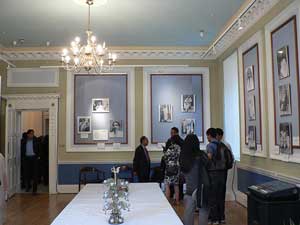
The next part of the programme was held in the auditorium. There were two talks – the first one was by Sonia Dyne on “The Concept of Freedom in Sri Aurobindo’s Thought” and the second one was by Gopal Bhattacharya on “Sri Aurobindo’s Contribution to the Political Freedom of India”. Between the two talks there was a screening of the CD “The Genius of India” which is made by a team from Auroville. The three items were so different one from the other that it gave a variety to the evening’s programme.
The stage where the talks took place had been decorated with a large bunch of flowers which were placed next to two photographs of Sri Aurobindo. The first one showed him as a boy when he was living in London and the other was the one taken in Pondicherry in 1950. We all felt that the evening was really very special because at last Sri Aurobindo was being celebrated in the city where he grew up. When you think of it he was indeed a Londoner.
The next day we held a private and informal programme of poetry reading. It was truly an enjoyable afternoon as each one read out his or her favourite poems. We then read “A God’s Labour” taking turns to read out a stanza each. We ended the session by reading from Savitri. As we were sitting in a circle we passed the same copy of the book and each one read until he or she came to a full stop.
Ironically, on the Darshan day the exhibition was closed because being the National Day all institutions and offices connected with the Indian Government were closed. This meant that effectively we had only three and half days of exhibition. The last day amply made up for the lost day as something totally unforeseen happened.
A few days before the opening of the exhibition I was told not to bring down the pictures on Friday 17th as it had been planned earlier because there was going to be a talk by Shashi Tharoor, formerly of the United Nations, on the soft powers of India. This talk was going to attract a lot of people and if the photos were still there those who would start gathering in advance would have an opportunity to see it.
Shashi Tharoor’s talk was held in the auditorium but while the people were waiting for the programme to begin a certain number of them came in to see the exhibition. Among them were many young students studying in London and a large number of businessmen who had settled in London several decades ago. When the programme was over the VIPs were escorted into the exhibition hall and the doors were shut.
Being a private dinner it actually became a private viewing of the exhibition for people like the Indian High Commissioner, Lord Meghnad Desai, Lord Malloch-Brown (Minister for India, Africa and the UN) and Shashi Tharoor. I could only marvel at the way the Divine Grace works. However hard I had tried I would never have managed to get such important people to come to the exhibition, but as it happened not only did they all come but they spent several hours in that hall, and I was later told, some of them saw each and every picture.
Many came and expressed their appreciation of the overall beauty of the exhibition. The fact that the photos were all of the same size created a harmonious effect, also the black and white pictures, with so many tones of grey looked very artistic against the lavender background on which they were displayed. The captions were short which made it easy for everyone to read. The general public who had only heard of him did not even know that there were photos of Sri Aurobindo in his youth. Many remarked how he had physically changed after he came to Pondicherry. And no one failed to notice how there was something striking about his eyes in all his photographs. “He seems to be looking into the future with his physical eyes,” some people commented.
No account of this exhibition would be complete without a mention of the invaluable help given by Pragna (80) and her entire family. Every time a difficulty came up they extended a helping hand. Several former students gave their time and energy for the work of preparing the photos and the captions and in this way we found an occasion to come together to do something constructive.
I can still remember how in 2001 Vilas and I were walking down Oxford Street in London and she suddenly said “Come, I’ll show you something interesting.” We kept walking until we came to a very stately house. Vilas pushed the door a little and we both put our heads through the opening. “Look,” she said “there is a bust of Sri Aurobindo here.” Indeed, it was such a joy to see that bronze bust after having walked through elegant shopping districts and a leafy park, all very English. That house was The Nehru Centre. As we walked away that day, making our way to the tube station I would never have imagined that one day I would be standing inside the main hall, surrounded with photos of Sri Aurobindo.

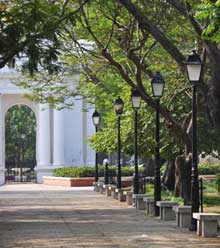
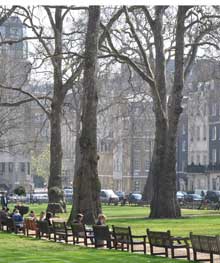
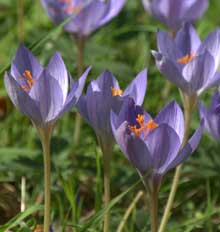
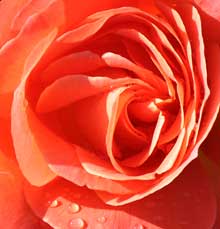
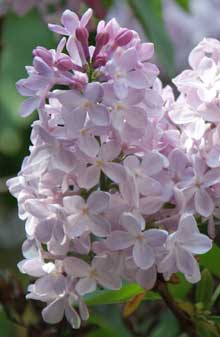
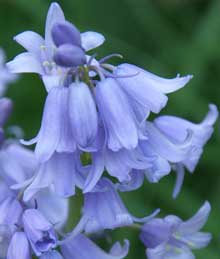
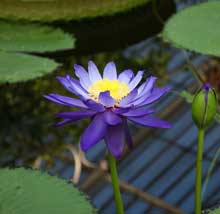
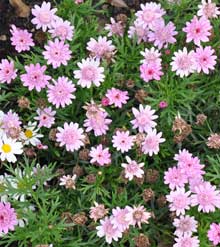
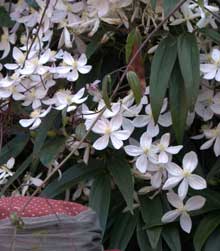
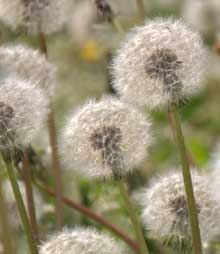
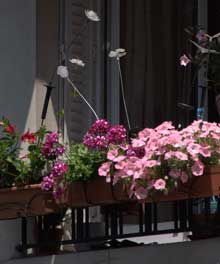
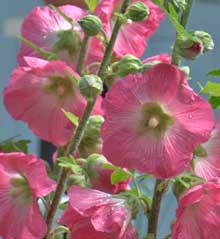
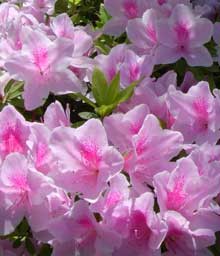
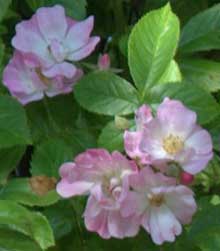
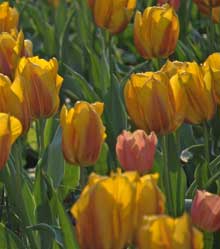
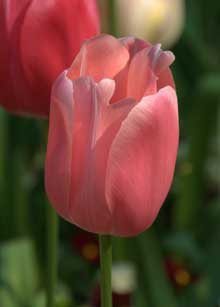
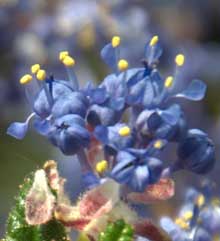
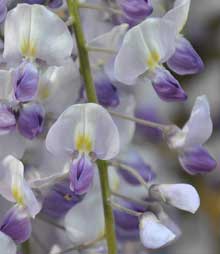
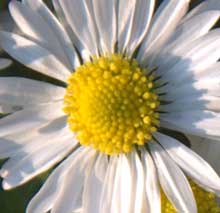
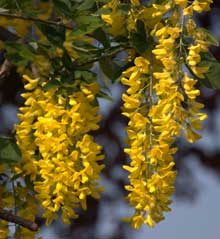
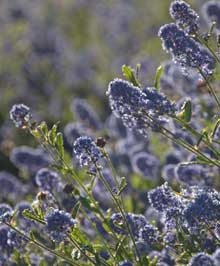
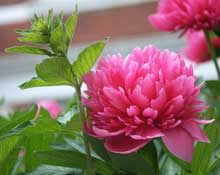


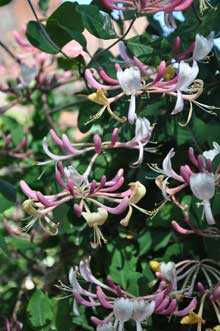
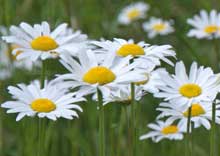
One Response to An Exhibition in London